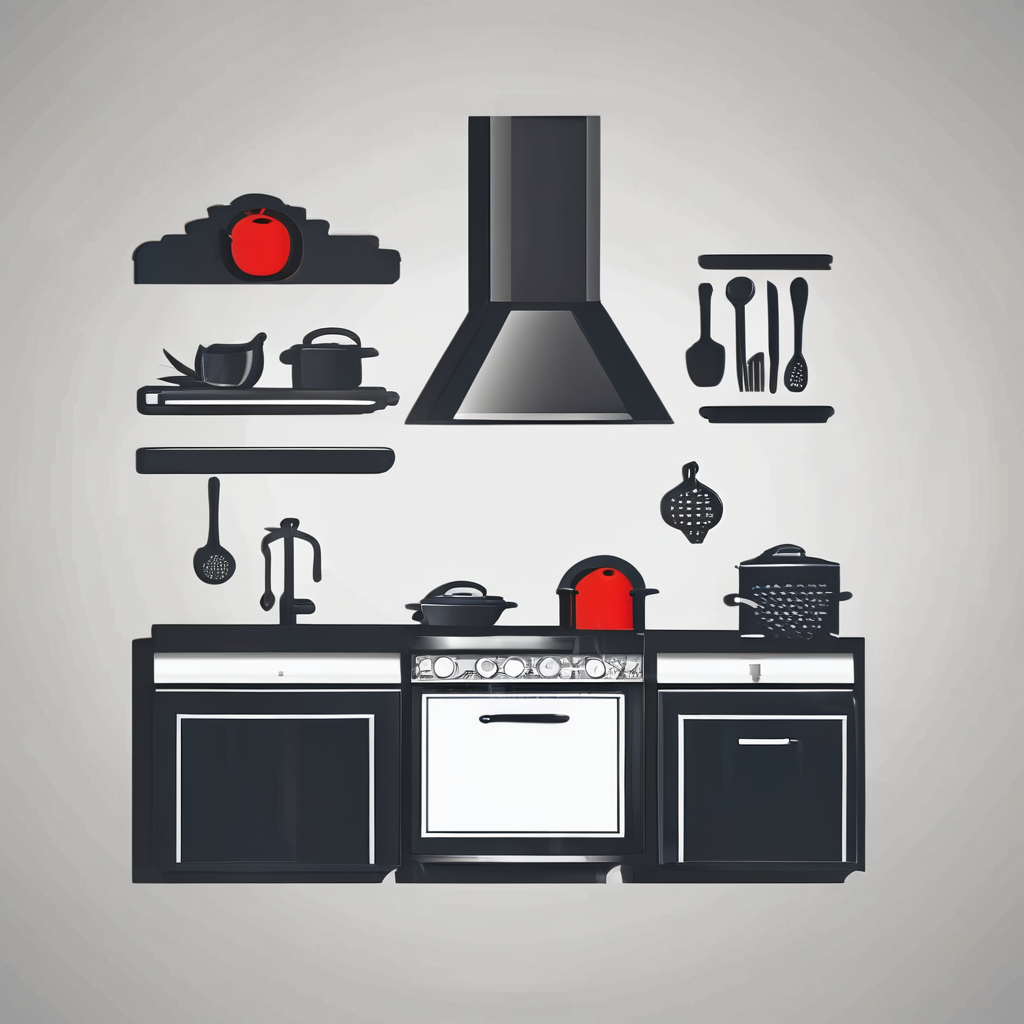Essential Features of a Meat Thermometer
In the world of culinary technology, accuracy in temperature measurement is vital for ensuring not only that your meat is cooked to perfection but also that it is safe to consume. Inaccuracies can lead to undercooked or overcooked meals, potentially posing a health risk. A meat thermometer with high accuracy means you’ll reliably achieve the desired doneness every time you cook, ensuring a safe and delicious outcome.
The response time of a meat thermometer is crucial for an efficient cooking experience. Quick response times mean you can gauge the temperature without having to leave your cooker lid open for too long, which helps maintain even cooking conditions and moisture levels in your food.
Have you seen this : Effortless and Safe Mandoline Slicing: Expert Tips for Injury-Free Food Preparation
Durability plays an essential role in the thermometer’s longevity and reliability across various BBQ environments. Thermometers exposed to outdoor elements or high temperatures need robust materials and construction. A durable thermometer withstands the rigours of frequent use and survives the challenges posed by different cooking environments, ensuring it provides consistent and reliable results over time. Thus, investing in a durable thermometer not only saves money in the long run but also enhances your overall cooking experience.
Additional Functionalities to Consider
In the realm of meat thermometers, multiple probe options stand out as a key feature. They allow the simultaneous monitoring of different meats, catering to diverse cooking needs. For instance, tracking a chicken and a beef roast concurrently ensures both are cooked to their ideal temperatures. This feature enhances efficiency and ensures each piece of meat is perfectly cooked without needing to wait for one to finish before starting another.
Also to discover : Effortless and Safe Mandoline Slicing: Expert Tips for Injury-Free Food Preparation
The benefits of wireless connectivity are significant in grilling scenarios. This feature liberates the cook from the immediate vicinity of the grill, allowing them to engage in other activities or prepare side dishes while receiving real-time temperature updates remotely. Remote monitoring ensures the meat isn’t overcooked while still granting freedom to the host.
App integration further enhances the cooking experience by providing detailed tracking of cooking progress and delivering timely temperature alerts. Users can set desired temperature thresholds and receive notifications, ensuring precision in cooking. This integration often comes with added features such as preset cooking guidelines for various meats, further simplifying the process and assisting in achieving culinary perfection consistently.
Comparing Different Meat Thermometer Models
Exploring the diverse range of meat thermometers available can be daunting, yet a few popular brands stand out. Brands like ThermoPro, MEATER, and Weber consistently receive high marks for their precision and innovation. ThermoPro is lauded for its user-friendly design, while MEATER integrates impressive wireless capabilities. Meanwhile, Weber offers reliable products with robust durability, perfect for outdoor cooking scenarios.
Analyzing User Reviews
User reviews are crucial in determining a thermometer’s value. Consumers frequently highlight key features such as fast response times, ease of use, and longevity as top considerations. A satisfied user often praises models that deliver consistent accuracy and seamless wireless connectivity. Unfavorable reviews may touch on sporadic inaccuracies or lacklustre battery life. These insights are indispensable for making informed purchasing decisions.
Understanding Price Ranges
Meat thermometers vary widely in cost, with prices ranging from budget-friendly options under £20 to high-end models exceeding £100. Lower-priced models offer fundamental accuracy and straightforward functionality. Mid-range thermometers enhance performance with added durability and features. At the premium level, advanced connectivity and additional probes become standard. Understanding what each price range offers ensures you find a thermometer that meets your needs without unnecessary splurging.
Expert Recommendations for Meat Thermometers
Navigating the array of meat thermometer options can be challenging. However, expert recommendations narrow the field by emphasizing key features that ensure culinary success. Insights from professionals often highlight the importance of accuracy and reliability in a thermometer. When selecting a device, experts suggest prioritizing models known for precise readings, as they form the cornerstone of safe and delectable cooking.
Professional evaluations consistently emphasize the value of thermometers with fast response times. Quick readings prevent prolonged exposure to heat or cooler air, which can affect the cooking process. Durability, especially for outdoor grilling, is another critical factor. Thermometers built with robust materials endure varied BBQ environments, maintaining performance over time.
For discerning consumers, understanding best practices is equally essential. Consider using a thermometer with multiple probes if you’re often cooking different meats. These models provide a comprehensive approach to temperature monitoring, with experts acknowledging the benefit of real-time updates through wireless connectivity. Choosing a thermometer that complements individual cooking needs ensures each meal is masterfully prepared, reflecting expert wisdom in every delicious bite.
Tips for Using a Meat Thermometer Effectively
To ensure optimal results with a meat thermometer, it’s crucial to follow specific usage tips. Start by inserting the thermometer into the thickest part of the meat, away from bone and gristle, for an accurate core reading. Avoid pushing it too deep or holding it in steam, which could affect the measurement.
Understanding essential cooking techniques can significantly benefit from precise temperature monitoring. Techniques such as reverse searing or slow cooking demand particular attention to internal temperatures. Knowing when meat reaches its desired doneness not only perfects the flavour but also solidifies the texture.
For BBQ perfection, frequent recalibration of your thermometer ensures consistent accuracy. Check this against a boiling point reference if possible, especially before handling large quantities. Additionally, clean the probe between uses to prevent cross-contamination and maintain hygiene standards, as residual food particles can affect readings.
A few key considerations can elevate your culinary prowess. Practicing patience while learning response times, being mindful of rest times post-cooking, and respecting recommended temperature guidelines for each type of meat contribute to achieving consistently safe and succulent dishes. Following these steps makes mastering the art of cooking an attainable goal.
